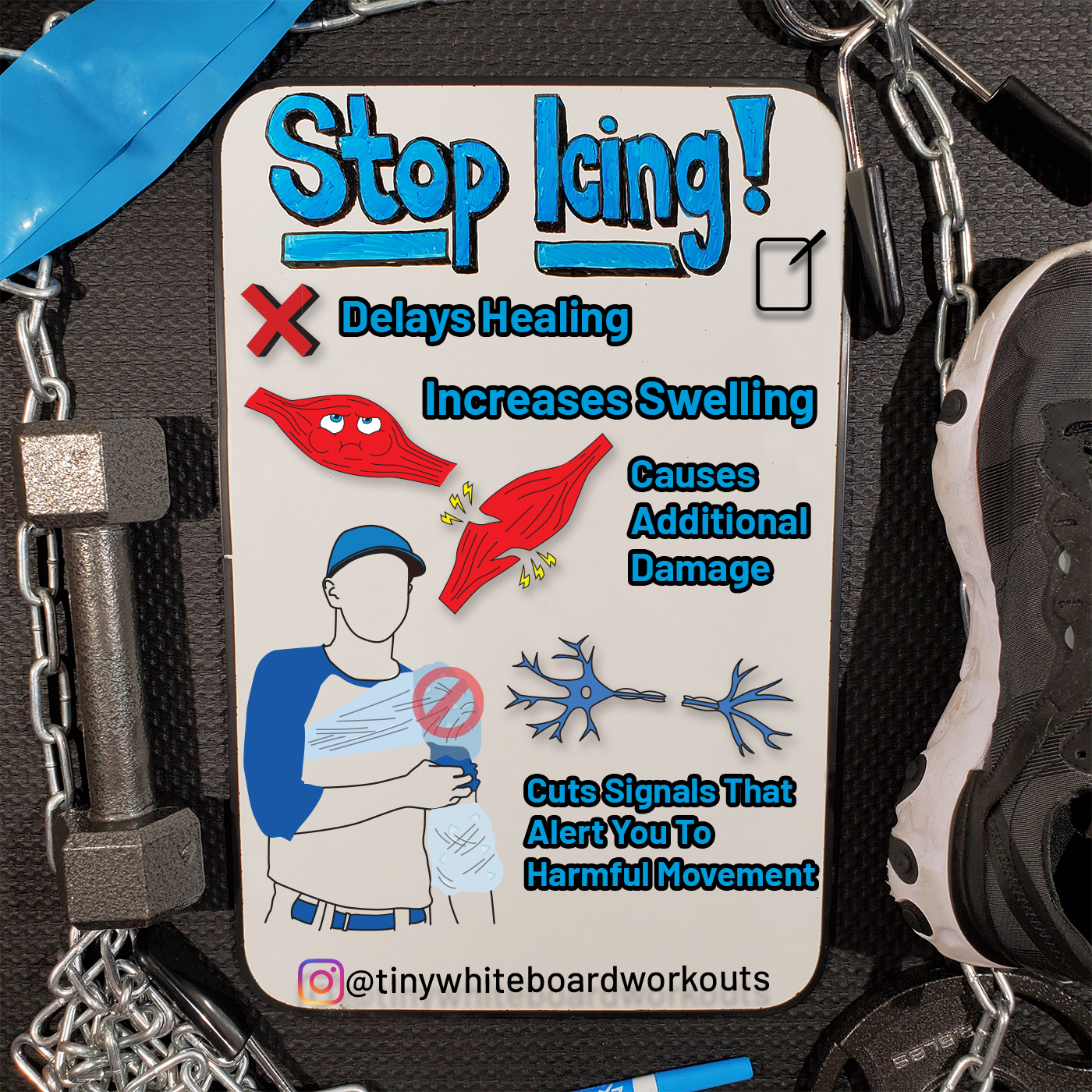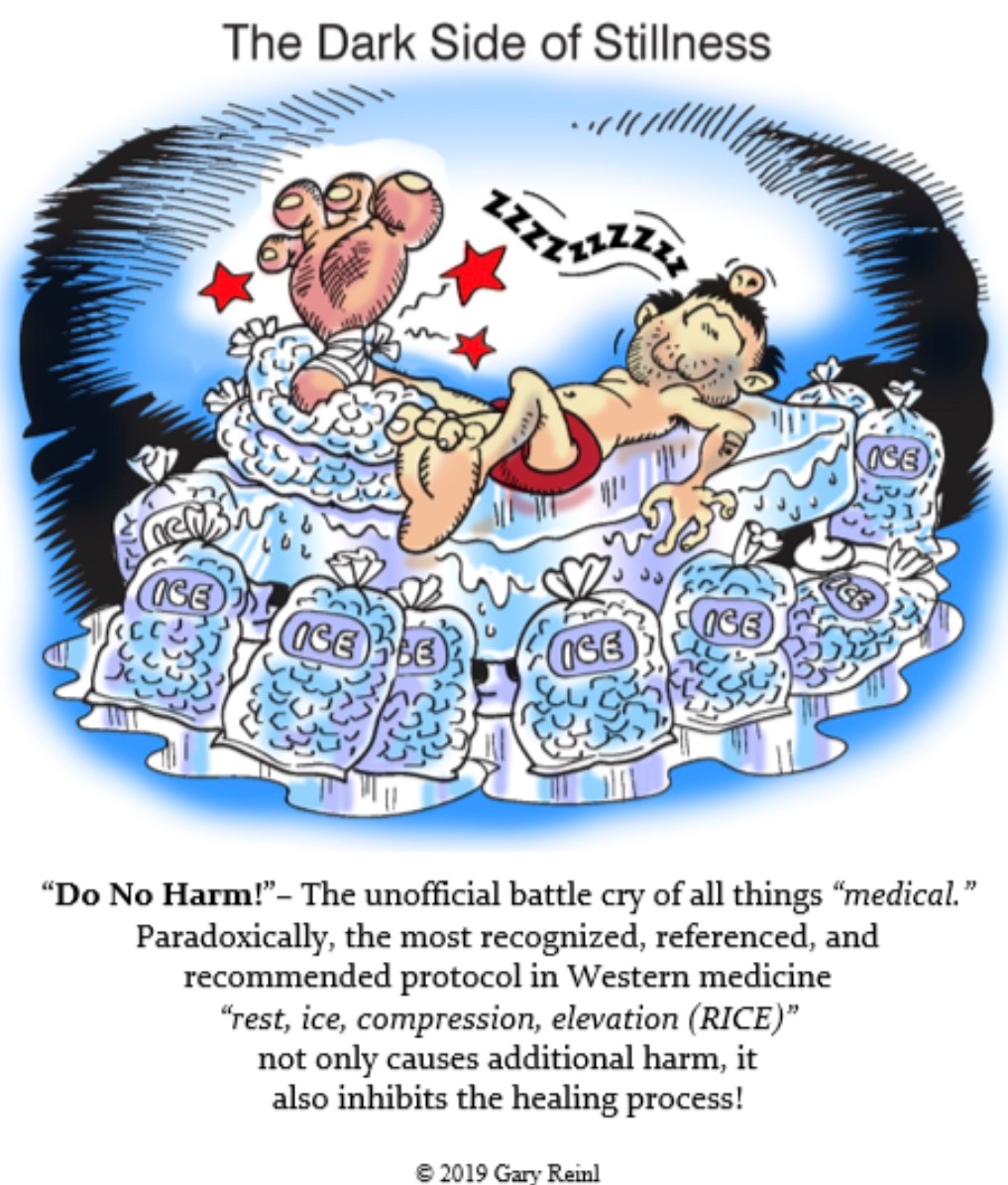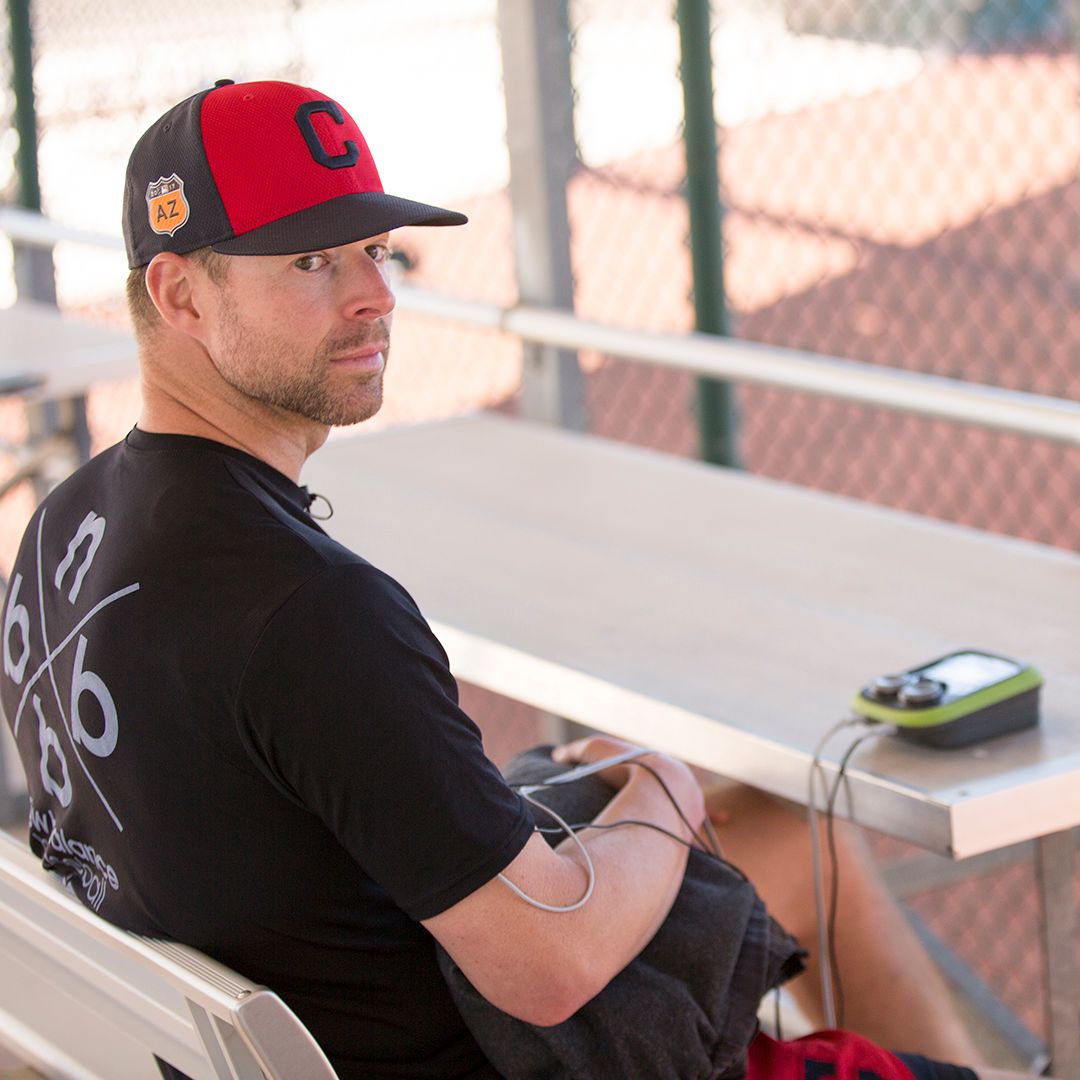 Hey coach, here’s a question for you. Your starting pitcher – let’s call him Billy – is 11 years old. You took Billy out in the top of the 5th because his last two innings were a little rough and he hit his 85-pitch limit. That’s the acceptable number for a kid Billy’s age, but it’s a lot of volume for a young arm. Do you A) sit Billy down on the bench with an ice pack on his shoulder or B) encourage Billy to stretch a bit, then send him out for a light catch with the utility guy?
Hey coach, here’s a question for you. Your starting pitcher – let’s call him Billy – is 11 years old. You took Billy out in the top of the 5th because his last two innings were a little rough and he hit his 85-pitch limit. That’s the acceptable number for a kid Billy’s age, but it’s a lot of volume for a young arm. Do you A) sit Billy down on the bench with an ice pack on his shoulder or B) encourage Billy to stretch a bit, then send him out for a light catch with the utility guy?
For decades, the answer has been A. Ice packs have been Saran-wrapped to the shoulders of Little Leaguers and Big Leaguers alike, since that pivotal moment in sports medicine history when Los Angeles Dodger’s pitcher Sandy Koufax appeared in a 1965 Sports Illustrated photo with his legendary left arm submerged in a tub of ice.
It may surprise you then, that in the over five decades since, no piece of published, peer-reviewed research has shown definitively that ice is beneficial to the healing process. In fact, science proves the opposite: Ice delays healing, increases swelling and can cause additional damage to healthy tissue.
Did that stop you cold?
Let’s keep the queries coming: Why do baseball players, specifically pitchers, get sore? As Randy Sullivan, CSCS, DPT and founder of the Florida Baseball Ranch explains, it’s not lactic acid, because a pitcher doesn’t work long enough with each throw to produce it. And it’s not excessive “inflammation,” because if your arm is red, hot, swollen and tender after you throw, you need immediate medical attention. “Soreness is caused by micro tears in the muscles, tendons and ligaments that happen when you throw,” Sullivan says. “To repair micro trauma, the body sends cells to the area via blood flow. Ice inhibits blood flow. So, if the cavalry is coming, why would you say, ‘Wait, can you hold off for 20 minutes while I ice?’”
Simple. You ice because you always have. The procedure for injury management was cemented in 1978, when Harvard physician Dr. Gabe Mirkin invented “the RICE protocol.” The acronym stands for rest, ice, compression and elevation, but Mirkin, 85, now says he was wrong about rest and ice. He blogs and speaks on the topic, and even wrote the foreward to researcher Gary Reinl’s 2013 self-published book, Iced! The Illusionary Treatment Option, which is the bible of the anti-ice movement
“New research shows rest and ice actually delay healing and recovery,” Mirkin says. “We now know inflammation brings the chemicals your body needs to heal, and when you ice, you dampen the immune response and delay healing. Ice temporarily relieves pain, so you think you’re recovering faster, but science has shown you are not.”

Inflammation is good. Swelling, however, is not; that’s the accumulation of fluid, blood and damaged cells at the end of the inflammatory response. “If not evacuated, this congestion suffocates otherwise healthy cells that were not involved in the initial trauma, causing more damage,” Reinl says.
How, then, do we clear swelling? Most of the particles are too large to move through the circulatory system, so they must instead be evacuated through the lymphatic system, which is passive, fully reliant on muscle activation; movement is necessary to propel fluid through the vessels. Dad was right when he told you to walk it off, because sitting with an ice pack creates a stand-still.
In lieu of ice, two-time Cy Young-winner Corey Kluber does light-resistance exercises that target his rotator cuff muscles. He follows with 30 to 60 minutes on a Marc Pro, an e-stim device that creates non-fatiguing contractions to further pump out waste. In fact, Kluber hasn’t iced since he made the big leagues, despite throwing more than 200 innings in five of his nine MLB seasons. “Ice made me feel stiff, like I was wasting my first 10 or 15 throws the next day trying to get loose,” he says. “Without ice, I’m at that point when I start, so I can throw with more intent.”
Many MLB teams follow Kluber’s logic. “Ice is out of the mix for injury treatment,” says Cleveland Indians vice president of medical services Lonnie Soloff. The one exception is for a player hit directly on a bone with a pitch or foul ball, when ice is used purely as an analgesic. “For acute muscle injuries – hamstrings, quads, obliques – or general soreness in a pitcher’s shoulder, we move the fluid out as soon as possible to decrease soreness. If you sit and ice, you stay sore.”

Of course, acute injuries are more complicated, and no one suggests squatting heavy on a torn ACL. But if you can stand on a sprained ankle, do it. Just remember, as Reinl says, “use your brain, never cause pain.” If the injured area is too fragile for voluntary movement, try e-stim. After Sullivan’s son, a catcher, had surgery to repair a torn meniscus, Sullivan nixed ice and put his son on a non-fatiguing e-stim unit for 24 hours, while he played video games and slept. “The next day, he was on his feet, lifting weights,” Sullivan says. “With no swelling in his knee.”
Sullivan and Soloff work with elite athletes, but injuries begin at the youth level, where workload often exceeds attention to recovery. “Medical staffs at the highest level are thinking more critically about the healing process and how ice slows it down,” Soloff says. “As they start to practice differently, I hope they feel a responsibility to spread the word to others who wouldn’t normally be exposed to that new information.”
It’s one thing to take ice bags away from pro athletes who have used them their entire lives. It’s another to never give young athletes ice bags in the first place, breaking a half-century long chain of dependence on a treatment option that does more harm than good.
So, back to the question about young Billy. The answer is B. Because the meltdown has begun.
Lindsay Berra is a former MLB reporter and ESPN the Magazine writer who specializes in fitness.